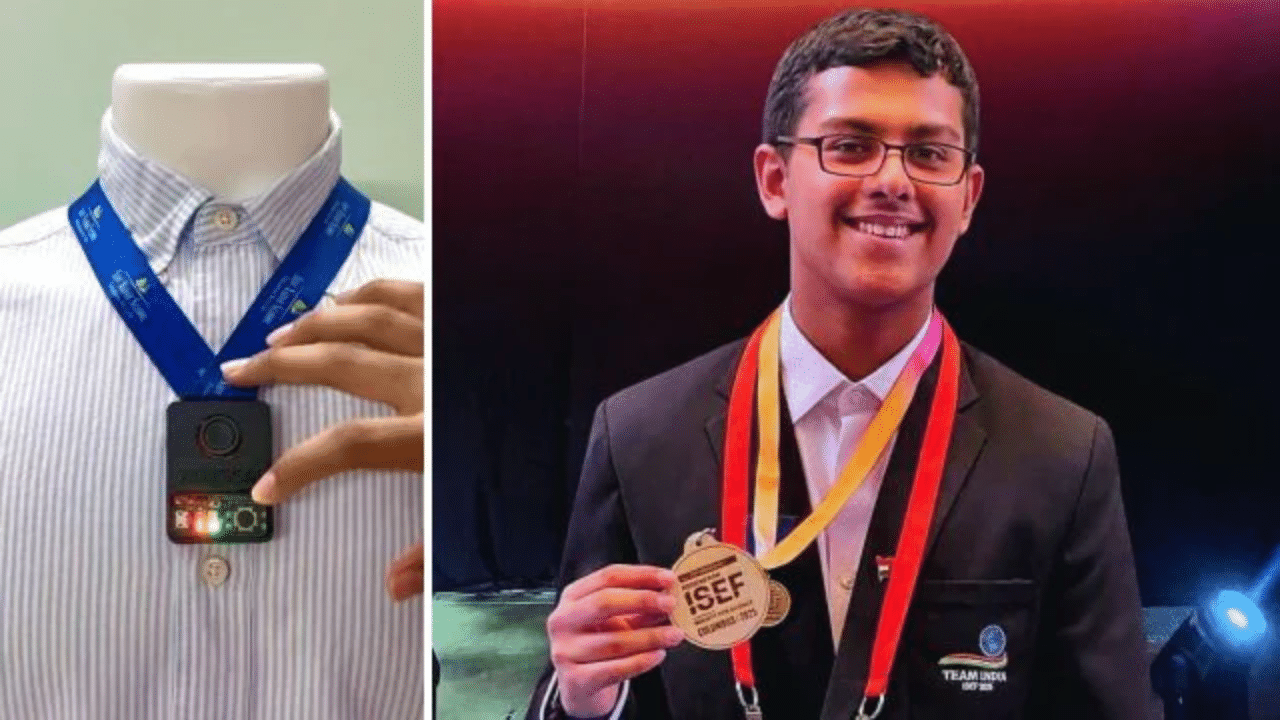New Delhi: An eleventh-grade student, Pranet Khetan, saw everything turn around when he took a field trip to school. He witnessed the speech disorder patients trying to communicate after visiting a paralysis care centre. That motivated the 17-year-old student of Shiv Nadar School, Gurgaon, to create Paraspeak, a low-cost, AI-assisted device that can convert the slurred speech into clear and comprehensible words in real-time.
Khetan has developed the first open-source Automatic Speech Recognition (ASR) system in India, and it is specific to the Hindi language spoken by the dysarthric patients. His activities have already been appreciated nationally and internationally, with awards from the IRIS National Fair and the Regeneron International Science and Engineering Fair (ISEF) 2025.
Tackling Dysarthria with Hindi AI
This is unlike other speech recognition systems that are mostly English-orientated since Paraspeak will work on a significant gap, which is Hindi dysarthric speech. Although more than 40 per cent of Indians speak Hindi, there was no dataset to be used in training AI models in this direction. To address this, Khetan went to NGOs and care centres, recording 42 minutes of real-world audio data of 28 patients, and augmented it through data augmentation methods to create a 20-hour training set.
He observed that patients end up closing up due to misunderstanding of speech. Nevertheless, a lot of people offered their voice samples to participate in the creation of the tool despite the challenge. They were glad to give, as Khetan mentioned; many were determined to continue trying despite being told to quit.
Scalable tech, compact design
Paraspeak is built around transformer architecture, the technology behind such tools as ChatGPT, but applied to speech recognition. The device transforms mumbling, incoherent use of speech into clear and smooth sound through AI in the cloud. It is set to be used as a webcam and can last more than 10 hours on a single battery, and it only needs an internet connection.
As opposed to other current research tools, which are patient-orientated, Paraspeak is multi-user, and retraining is not required. This is what makes it differentiated from other solutions in terms of scalability. The models presently in use are only applicable to a single speaker, said Khetan to The Indian Express. I needed something that could benefit everybody.
Built on a budget
Khetan created Paraspeak keeping in mind the affordability. It only takes Rs 2,000 to manufacture the device and has a monthly internet connection of about Rs 200. To fit it into a small size, he designed his own printed circuit boards to cut down on the size, which was previously bulky, into a small, wearable device-like that of a smartphone inside.
He has tried the final variant on patients with different illnesses, including congenital diseases and those with end-stage ALS. Their encouraging reactions made the device have a potential in the real world. Paraspeak may represent a much-needed breakthrough in assistive technology since there are no available dysarthria-related tools in the Indian market at present.
Khetan finds his passion and future in the area of assistive technology. He said the best solutions were ones with a tangible human impact. He is hoping that Paraspeak can be a stable resource to the people that feel like they are not heard and act as a means of empowerment to bring them back to the world.
